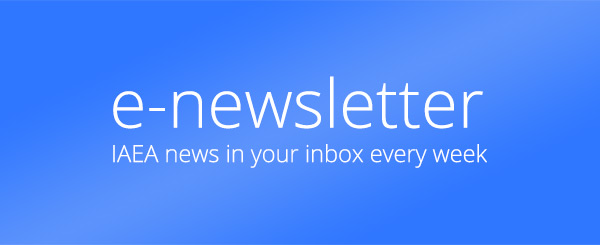An IAEA publication published this month — Radiotherapy in Cancer Care: Facing the Global Challenge — presents an overview of the major issues related to planning and implementing radiotherapy, including the IAEA’s support to global efforts to enhance cancer care.
There are many textbooks of radiation oncology and medical radiation physics, but the new book by IAEA experts fills a gap. “This publication is unique in that it provides a comprehensive coverage of all aspects of the role of radiotherapy in the treatment of cancer from a global perspective,” said Eduardo Zubizarreta, Head of IAEA Applied Radiation Biology and Radiotherapy Section, adding that it is a useful reference source for healthcare managers, clinical and radiation oncologists, programme directors when decisions or policies are implemented to integrate radiotherapy for cancer care into their national, regional or global programmes.
The publication will be featured at next week’s second International Conference on Advances in Radiation Oncology (ICARO2), the IAEA’s conference discussing ways to improve access to radiotherapy and the importance of radiotherapy in the context of national cancer control strategies.
The publication consolidates data on the current status of radiotherapy services around the world, established and novel technologies, social and economic factors, current issues and the role of international organizations in enhancing cancer care.
Cancer treatment is complex and calls for a diverse set of services with radiotherapy being an essential tool for the management of cancer patients. Currently, access to radiation treatment is limited in many countries and does not exist in a few others. This publication provides focused guidance on specific issues to be addressed in implementing radiotherapy integrated in cancer care programmes, establishing oncology and radiotherapy centres, in particular in developing countries.
This publication also includes information on the IAEA’s Directory of Radiotherapy Centres (DIRAC), which is the world’s authoritative source of information on radiotherapy infrastructure and centres. The database includes more than 7600 radiotherapy centres and about 13 000 teletherapy and 2600 brachytherapy machines from around the world.
These radiotherapy machines play an important role in the fight against cancer, Zubizarreta said. The DIRAC global survey shows dramatic discrepancies that need to be addressed, he added. “In high income countries, one radiotherapy machine is available for every 120 000 people. In middle income countries, one machine serves over 1 million people. In low income countries, about 5 million people rely upon a single radiotherapy machine.”







